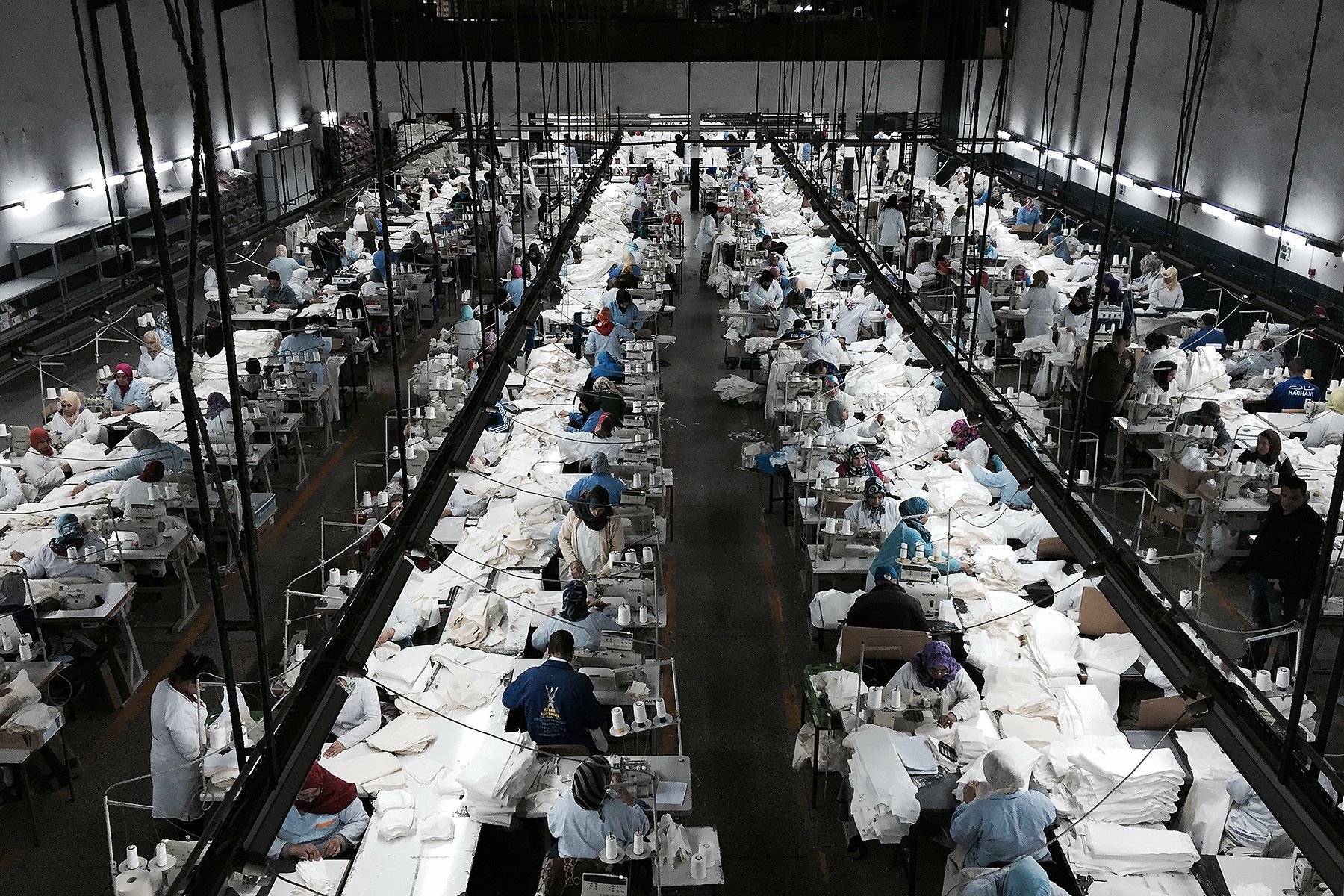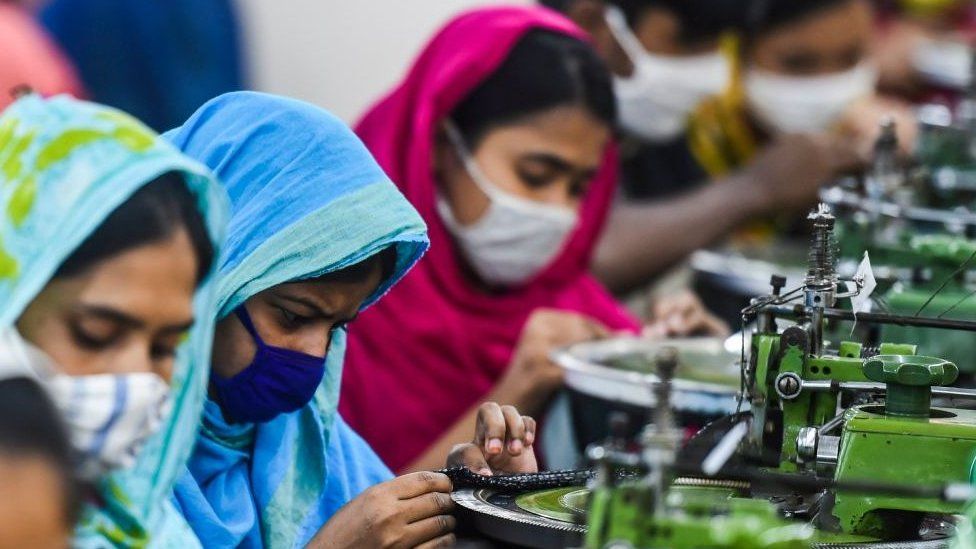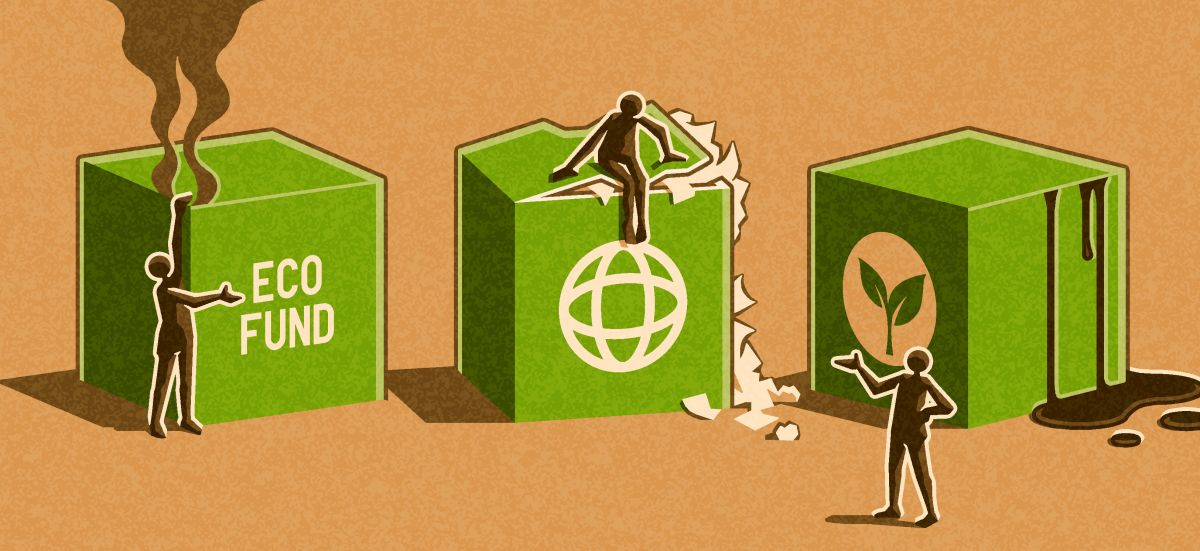If you like to shop, you’re probably aware of the negative buzz growing around the term “fast fashion.” But many shoppers might wonder what is actually so harmful about fast fashion and why so many people are urging us to stay away from specific brands like SHEIN, Zara, and H&M. Here, I want to break down the simple, ugly truth behind fast fashion and hopefully clear up for any unsure readers, why they probably don’t want to contribute to this system any longer.
First a definition of fast fashion: cheap, disposable clothing produced quickly and sold by large, mass-market retailers in order to respond to the latest fashion trends.
So essentially, fast fashion was born because people want the latest style right away, without spending a lot of money, and without feeling bad about throwing away one piece to make room for the next. Sounds pretty nice..especially for people who usually don’t have the budget for their true style. Unfortunately, any industry that revolves around cheapness, disposability, and fast production on a mass-level is going to be polluting, wasteful, and oppressive. And that’s exactly what’s going on in the clothing world.
It all started in the 80s, with Zara. Before then, the clothing design and manufacturing process could take up to two years and Americans bought 12 articles of clothing per year (Fashionopolis, Dana Thomas). Now we’re at 68 and since the early 2000s, we’re only keeping those clothes half as long. What happened was, Zara’s founder, Amancio Ortega saw how fiendish people were over clothing and found a way to give them what they want: to always look stylish without paying the price.

Potetics of Design - Zara Production
He replaced a long, drawn-out manufacturing process, with 2 methods that only take a couple months or less (like, way less in a lot of cases):
- quick-response manufacturing: keep a ton of raw resources ready to go so they can essentially copy an original design as soon as it comes on the scene, usually by a model or celebrity (this seems illegal, but it’s not as long as you don’t copy a brand’s symbol)
- dynamic assortment: sell a bunch of completely new stuff every week to see what people want and only make more of that
Obviously this made Ortega super rich. In fact, Zara grew from under $10 billion in the early 2000s to over $30 billion in 2018. To remain competitive, other companies have caught on too, so now Zara is the leader of a bunch of mass-retailers that need large amounts of natural resources really fast, all the time; this is the norm.
Too bad though, his seemingly efficient technique has been a loss for all of us in one way or another:
Environmental tolls: quick overproduction means to strip the Earth of its resources and pollute it at an unsustainable rate, and intentional disposability means the resources are being wasted.

- The fashion industry alone takes up about 20% of all yearly industrial pollution).
- Water, oil, and wood, three of our most valuable resources, are used in absurd amounts to make cotton and synthetic fibers. For example, to make one pair of cotton jeans takes 2,000 gallons of water—that’s 24 years of drinking water.
- Of all fabric used in clothing manufacture, only about 13% gets used in the final product.
- 3.8 billion pounds of clothing a year are sent to American landfills.
- With our current trajectory, the fashion industry will use 25% of the Earth’s carbon budget by 2050.
Socio-economic tolls: low prices mean poor, already-oppressed, and unprotected workers are paid very little or not at all to make our clothes.

BBC - Clothingmakers in Asia give stark coronavirus warning
- 90% of all clothing manufacture is assigned to Low-to-Middle Income Countries (LMICs). This cheapens the cost of labor for clothing companies because employees have less protection than they might in America; so, poor, unsafe working conditions are allowed, as well as unfair terms like not earning a (very low) wage if their daily (extremely high) quota isn’t met.
- Of the 40 million workers in clothing manufacture, 85% are (mostly black and brown) women 18-24 years of age earning less than $3 a day. Many of them have reported physical harassment including kissing or hitting, as well as feelings of intimidation from their mostly male bosses.
Where the two meet: low-income families and countries are targets of hazardous waste sites as a result of clothing manufacture.
- Textile dyeing is a major part of clothing manufacture. The resulting toxic waste disproportionately ends up in water sources in low-income communities and countries, often constituted by people of color. Residents experience effects like higher rates of cancer, gastric and skin problems, and reproductive and fetal irregularities. One particularly alarming example is a factory in Indonesia near the Citarum River. Once a source for fish, irrigation, and drinking/cleaning/cooking water, it is now the most polluted river in the world, and nearby residents are getting sick. Among other companies, H&M, Zara, Gap, and Uniqlo have worked with this factory.
- Waste continues after clothing manufacture as over $700 million worth of clothes is taken to third-world countries where they are sorted through, sold in smaller markets, or burned. p.s: this is why when I was in Haiti, I saw grown men wearing t-shirts with Taylor Swift or things like “Bridesmaid” written in rhinestones on the front.
There are more appalling numbers to be spoken of for sure, but the next thing I want to talk about is how these brands have caught on to the fact that a lot of us want to shop sustainably. But rather than a change in production, this has led to something called greenwashing. Companies use buzzwords (you’ve seen them all) like “green,” “responsibly made, ”eco-friendly, “ethically-made,” etc. to assure consumers that they are committed to saving the planet. Meanwhile, the only thing they’ve done is find loopholes so they can merely report that they’ve reduced waste. So in addition to being polluting, wasteful, and oppressive, fast fashion companies can also add dishonest to their repertoire.

Impakter - Beware of Greenwashing
Okay, there’s a lot of negativity here, but I’m ready to talk about the good news now! There are so many ways to end fast fashion and still get its perks! Here are some practical ways to contribute to the movement:
- Stop buying from fast fashion brands - here’s a list of brands to avoid to get you started: 30+ Fast Fashion Brands to Avoid
- Rent clothes. Maybe you’ve heard of things like Rent the Runway, but if you’re local to Charlotte, NC, Ponybox Clothing Co. is an amazing way to experience clothing rental without spending a lot and without even leaving your house. Details on how it works here.
- Thrift and up-cycle. Perhaps more of an option for the craftier-types, or those trending that way, but a great way to keep old clothes out of poorer countries that truly can’t handle the overflow. p.s: The Ponybox Closet Refresh Happy Hour on June 4th is giving all you good people near Charlotte, NC the chance to shop, meet new people outside of your quarantine squad, drink some beer, and finally donate those clothes you’ve been meaning to. Register here.
- The Good On You app. Made by a team that has done all the research for you so you know which brands to abandon and which to support. They rate brands on a scale from “Avoid” to “Great” based on how they impact “people, planet, and animals.”
- Help raise awareness by joining campaigns like #WhoMadeMyClothes, #PayUp, and #WearYourValues. All of these were started by teams like Fashion Revolution and Re/Make (@fash_rev and @remakeourworld on instagram) to bring justice to the previously hidden women who make our clothes.
Peace and power to the consumer.
Sources and Suggested Reading and Watching
https://www.youtube.com/watch?v=xGF3ObOBbac
https://www.npr.org/2019/09/04/757455029/fashionopolis-tells-us-why-we-should-care-about-clothes
https://www.unep.org/news-and-stories/story/putting-brakes-fast-fashion
https://www.ellenmacarthurfoundation.org/news/one-garbage-truck-of-textiles-wasted-every-second-report-creates-vision-for-change
https://ehjournal.biomedcentral.com/articles/10.1186/s12940-018-0433-7
https://www.globalfundforwomen.org/garment-industry-violence-infographic/
https://www.ecowatch.com/fast-fashion-riverblue-2318389169.html
https://www.aljazeera.com/program/101-east/2018/5/3/indonesias-most-polluted-river
https://www.ncbi.nlm.nih.gov/pmc/articles/PMC6307129/
https://www.ncbi.nlm.nih.gov/pmc/articles/PMC1964887/
https://remake.world/stories/style/the-ultimate-sustainable-fashion-glossary/

